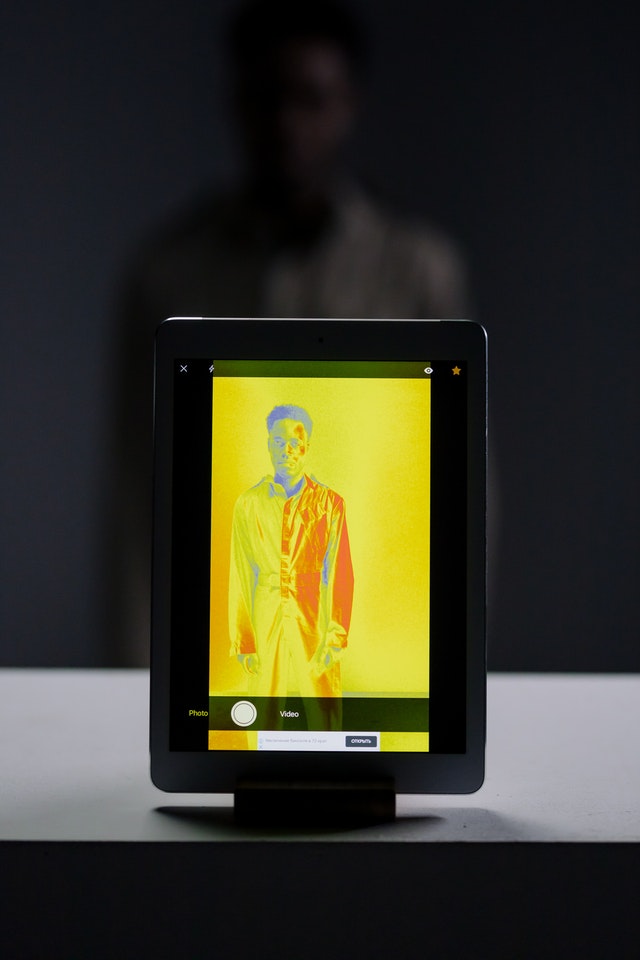Low light visibility is extremely crucial in some scenarios, especially in cases of surveillance and spotting. Ever since WWII, the imaging technology during the night has improved manifold. Today we have Generation 3 devices that can easily last up to 15000 hours. There are majorly two technologies involved in low light imaging; image intensifier tubes and infrared imaging. Image intensifiers need a minimum number of photons to intensify the image.
The displayed image is a real-time replica of the subject. However, image intensifier devices are rendered useless in cases of fog, smoke, or cloudy weather. Infrared sensor devices do not work on the optical resolution principle.
These sensors simply map the temperature difference of the subject with respect to the surroundings and produce an image. Thus, infrared devices have a great utility in pitch darkness. If you are planning to buy an infrared night vision device, here are some advantages and disadvantages you should know.
Advantages:
Infrared sensor devices have portrayed great utility for civilian use. Today, every law enforcement agency relies heavily on these devices for low-light area management. Here are some clear advantages you get with infrared sensors.
● Secured Communication: Two infrared devices separated by a reasonable distance can communicate securely without an interception. This is because infrared sensors can provide point to point mode of communication. This feature is especially useful in cases of covert raids and search operations.
● Battery life: Infrared devices last longer on a single charge, which is quite handy for outdoor uses. Infrared sensors consume very little power compared to other devices.
● Motion detection: Image intensifier devices work miserably (except Generation 3 devices) under natural light. They produce a white image if too many photons strike the photochromatic plate. Infrared sensors, on the other hand, work brilliantly under all light conditions. Therefore, motion detection on infrared devices is immaculate. Motion detection is quite useful in hostage situations or ambush hunting.
● Contactless sensor: Infrared sensors can produce accurate output without even coming in contact with the subject. The desired details can be procured from a distance. This is especially useful in virus containment zones where body temperatures are to be mapped from a distance.
● Distance measuring: Infrared sensor devices can use heat signatures to measure the exact distance from the object. This helps in mapping the safe distance from the soft target during hunting. Additionally, the army and police use this technology to measure enemy distance for a safe attack. Some of the infrared binoculars are also equipped with this feature, which opens up infinite possibilities.
Disadvantages:
Infrared sensor devices are the champions of nighttime vision and object detection. But there are still some restrictions associated with their applications. Here are some disadvantages of infrared sensors:
● Hard object interception: Infrared devices work exceptionally when in outdoor situations. However, in the case of indoor applications, the functionality of the sensor is limited. This is because infrared vision can be obstructed by hard objects such as doors, walls, etc.
● Physical damages: It is crucial that the infrared device operator is well-trained to handle it. Infrared waves generated at high power can damage the cornea and cause several eye vision issues. Therefore, these devices may get unstable in cases of power fluctuations.
● No long-distance use: Infrared wave transmission is only effective in short distances. Therefore, these devices are used primarily for assault operations only. The performance and image quality of these devices declines with the distance.
● Slow data transmission: The sensor to monitor display on infrared devices is a bit delayed. Compared to wired transmission, the data transmission on infrared is a bit slow. Therefore, you can experience some lag in object imaging.















